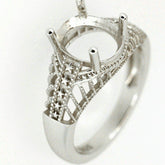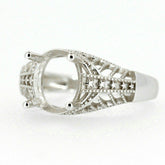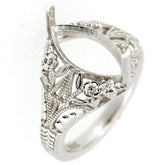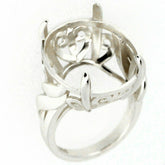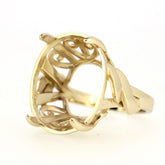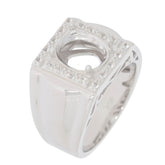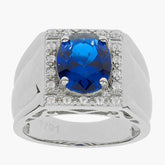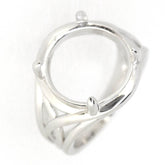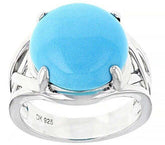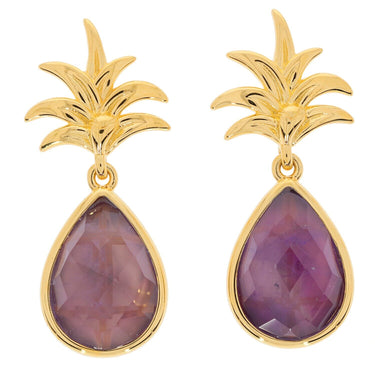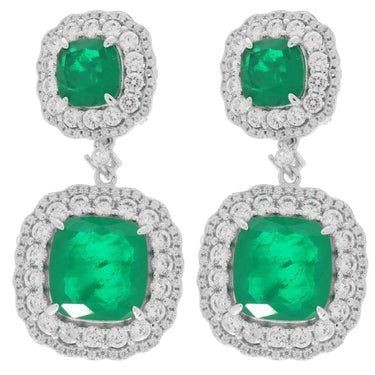Exploring the Use of Different Metals in Tennis Bracelets
When it comes to different metals in tennis bracelets, the options aren't just about looks—they seriously impact durability, style, and even long-term value. In this guide, I’ll break down everything you need to know about gold vs silver bracelets, platinum jewelry options, and the all-important jewelry metal comparisons. Whether you’re debating which metal offers the best durability in bracelets or just want some friendly advice about choosing the best metal for bracelets, you’re in the right spot. Let’s dive into the world of tennis bracelet metals and find a look—and a price point—that makes sense for you!
Understanding Tennis Bracelets: A Quick Overview
Tennis bracelets are stunning pieces of jewelry that feature a continuous line of diamonds or gemstones set in a flexible metal chain, mainly crafted from gold or platinum. Their exquisite design makes them a versatile accessory that can complement both casual outfits and formal wear, embodying elegance and timelessness. Often seen as symbols of enduring love, these bracelets reflect a commitment that transcends trends. Their popularity in modern fashion stems from their refined, understated luxury, which effortlessly enhances any look. The term "tennis bracelet" gained fame after a memorable incident involving tennis star Chris Evert at the 1987 U.S. Open, where she momentarily paused the game to recover her diamond bracelet, linking the piece to both athleticism and sophistication.

The Impact of Metal Choice on Tennis Bracelets
Let’s get real—your choice of metal is a big deal for a tennis bracelet! The metal durability in bracelets matters, especially if you plan to wear yours all the time. Jewelry metal comparisons show that platinum is crazy durable and resists tarnish, making it an awesome pick if you’ve got sensitive skin since it’s hypoallergenic. Gold is classic, and both 14K and 18K versions (in yellow, white, or rose) are built for longevity, though white gold needs a little TLC with rhodium replating. Silver looks stunning but is best reserved for special occasions because it tarnishes and is softer. So, choosing the right metal isn’t just about what catches your eye—it’s about what works for your lifestyle, daily activities, and your willingness to keep up with maintenance.

Gold Tennis Bracelets: A Classic Choice
When we’re talking about gold vs silver bracelets, gold always brings a bit of old-school glam. You’ve got three stars here: yellow, white, and rose gold. Yellow gold is the go-to for that signature, rich look—especially when paired with sparkling diamonds. It’s the staple for anyone wanting a piece that screams classic. White gold’s got that sleek, modern vibe, helped by rhodium plating for extra pop and scratch resistance—though it’ll need a touch-up now and then. Rose gold? That’s your romantic wildcard—unique, subtle, and with a touch more durability thanks to its copper mix. One thing I always tell people: check the gold’s purity. 18K is a sweet spot if you want a blend of resilience and luxury that can roll with your daily routine.

Platinum Jewelry Options: Strength and Elegance
Let’s talk about platinum jewelry options—if you want something that can handle life’s bumps and still come out looking like a million bucks, platinum’s where it’s at. It’s crazy-pure (typically 95% pure!), so it’s gentle on any sensitive skin. Unlike white gold, platinum has a natural silvery shine and never needs extra plating. It’s denser than gold—about 60% more!—which means it laughs in the face of scratches and dings. I’ll be honest, it’s the priciest metal in this comparison, but that’s because platinum’s rare, keeps its looks for decades, and absolutely nails the “investment piece” label. If daily wear is your thing, a platinum bracelet is your long-haul bestie.

Exploring Silver: The Affordable Alternative
Okay, for everyone looking for style but also eyeing their wallet, let’s not sleep on silver. Sterling silver—92.5% pure, mixed with a dash of copper—has this awesome shine and is easy to shape into detailed designs. It’s lightweight on your wrist and looks seriously polished, but heads up: it’s softer and turns dull (that annoying tarnish) more quickly than the other options. A bit of routine cleaning, and storing silver away from humidity and chemicals, will keep it looking fresh. In a straight-up match, it might not win for metal durability in bracelets, but silver punches well above its price tag in terms of value and versatility. If you want to build out a jewelry wardrobe on a budget, silver’s a strong starting point.

Jewelry Metal Comparisons: A Summary Table
Choosing the best metal for bracelets takes more than a hunch—it’s all about comparing the factors that matter most to you. Here’s a table to help you see the head-to-head differences in one glance:
| Factor | Gold | Silver | Platinum |
|---|---|---|---|
| Durability | Gold, especially at 14K-18K, is quite durable. Higher karats are softer but still resilient. | Silver is softer and more prone to scratches and tarnish; better suited for occasional wear. | Platinum is the most durable, highly resistant to wear and scratches, making it perfect for daily use. |
| Cost | Generally moderately expensive, with prices rising alongside karat purity. | Silver is the most affordable option among precious metals. | Platinum is the most costly due to its rarity and density. |
| Maintenance | Gold needs occasional polishing and may require replating for white gold. | Silver requires frequent cleaning and polishing to prevent tarnish. | Platinum is low maintenance, retaining its natural color without the need for plating. |
| Aesthetics | Offers a variety of colors: yellow, white, and rose. | Bright and shiny but tarnishes over time. | Features a naturally lustrous silvery-white finish that does not change color. |
This side-by-side look at gold vs silver bracelets and platinum jewelry options helps you weigh all the key points. So, which one’s calling your name?

Choosing the Best Metal for Your Tennis Bracelet
So, how do you actually go about choosing the best metal for bracelets? I always start with your budget and skin sensitivity. If you want something affordable but still classy, sterling silver is totally solid, and gold-plated options can stretch your cash without looking cheap. Got allergies? Platinum or 18K gold is almost always a safe bet—no itchy rashes here. Active lifestyle? You’ll be better off with platinum or tough gold alloys (think 18K). And don’t forget personal style—rose gold has major character, while white gold is modern and minimalist. It’s honestly about what feels right for you and what fits your life, so put yourself first on this decision!

Latest Trends in Tennis Bracelets
If you haven’t noticed, 2025 is all about mixing it up—different metals in tennis bracelets are hotter than ever. I’ve seen designers blend yellow, white, and rose gold, giving bracelets this color-blocked look you can pair with literally anything. Minimalist designs are also taking over the scene—think slim, uniform diamonds on skinny bands, understated yet classy for every day. And let’s not forget the rise of lab-grown diamonds: they’re budget-friendly, earth-friendly, and look identical to mined stones (win-win). Custom settings are in, too, making your bracelet truly “you.” Keeping up with these trends means your wrist game is never boring.

Caring for Your Tennis Bracelet: Tips for Longevity
Let’s keep those bracelets sparkling! No matter what metal you pick, here’s my go-to formula for keeping your piece in top shape:
- Store it solo: In a lined jewelry box or fabric pouch, away from other pieces—diamonds can scratch gold or silver in a heartbeat.
- Clean regularly: Every few weeks, give your bracelet a bubble bath in mild soapy water. Use a baby-soft toothbrush, rinse well, and dry with a clean cloth.
- Avoid chemicals: Perfume, chlorine, and cleaning agents are bad news for every metal—take your bling off before any deep cleaning or pool parties.
- And, if you’re super active, take your bracelet off when playing sports or doing anything that puts pressure on your jewelry.
Treat your bracelet with a touch of TLC, and it’ll look brand new for years.

FAQs About Tennis Bracelets and Metal Choices
Q: What is the most durable metal for tennis bracelets?
A: Platinum takes the crown for durability—it holds up beautifully with barely any upkeep. Gold is sturdy, too, especially in 14K or 18K, while silver needs more care since it tarnishes and scratches a bit more easily.
Q: If I have allergies, what metal should I choose?
A: Platinum is your safest bet, followed by high-purity gold (like 18K), and hypoallergenic white gold. All minimize skin irritation.
Q: Will any of these metals keep their value?
A: Platinum usually holds the highest value, gold is a classic investment, and silver brings elegance plus affordability—just don’t expect it to appreciate like the others.

So, whether you’re comparing different metals in tennis bracelets, debating gold vs silver bracelets, or eyeing up platinum jewelry options, nothing beats finding the piece that fits your lifestyle and makes you smile every time you wear it. Not sure where to start? Reach out to your local jeweler or hit us up in the comments—we love helping folks navigate the dazzling world of tennis bracelet metals!

